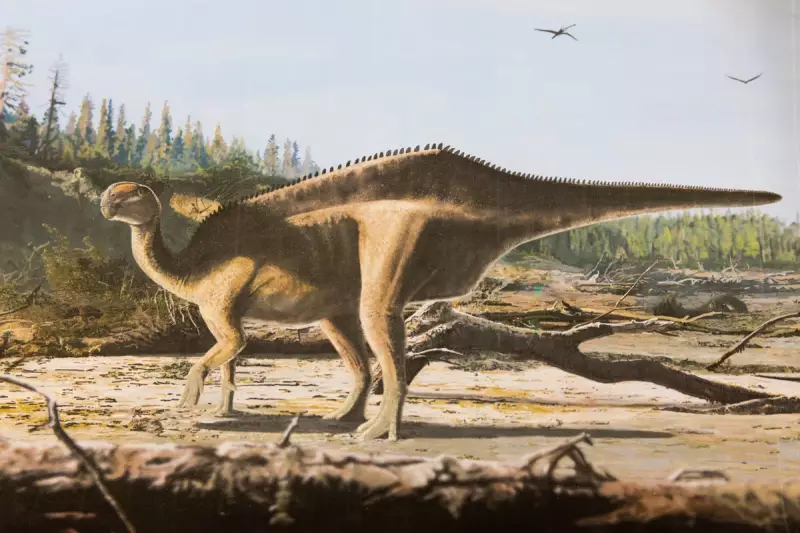
In a groundbreaking discovery that has sent ripples through the palaeontological world, scientists have unveiled a new species of armoured dinosaur found on the Isle of Wight. Christened Vectipelta barretti, it is the first new ankylosaur species to be discovered on the island in over 142 years.
The fossilised remains, comprising several vertebrae and significant pieces of armour and limb bones, were meticulously analysed by a team from the University of Portsmouth. Their research, published in the Journal of Systematic Palaeontology, confirms the dinosaur represents a completely new genus and species.
A Fearsome and Heavily Armoured Herbivore
Vectipelta barretti would have been a formidable sight during the Early Cretaceous period, approximately 125 million years ago. Unlike its more famous cousin, the Polacanthus foxii—previously the only known ankylosaur from the island—this new dinosaur was built differently.
"The differences are subtle," explained Stuart Pond, the study's lead researcher, "but they involve the neck and back vertebrae, and a more blade-like armour spine. It’s like comparing a classic Jaguar to a modern Range Rover—both are great vehicles, but engineered for different purposes."
Surprising Evolutionary Links to Asia
The most astonishing revelation from the study is the dinosaur's family tree. Rather than being closely related to other British ankylosaurs, Vectipelta barretti shows stronger evolutionary ties to dinosaurs previously found in China, such as Saichania and Tarchia.
This suggests a much more complex and interconnected prehistoric world than previously thought, with dinosaurs potentially moving between Asia and Europe across land bridges that existed during this period.
A Fitting Tribute to a Museum Legend
The dinosaur's species name, barretti, pays homage to Professor Paul Barrett, a revered figure at the Natural History Museum in London with nearly two decades of service. While humbled by the honour, Professor Barrett joked about the creature's spiky appearance being a fitting metaphor for his own occasionally prickly nature during academic debates.
This remarkable find solidifies the Isle of Wight's status as Europe's richest location for dinosaur fossils. The discovery not only adds a new chapter to the history of British dinosaurs but also fundamentally changes our understanding of prehistoric life and its migration across the ancient globe.





